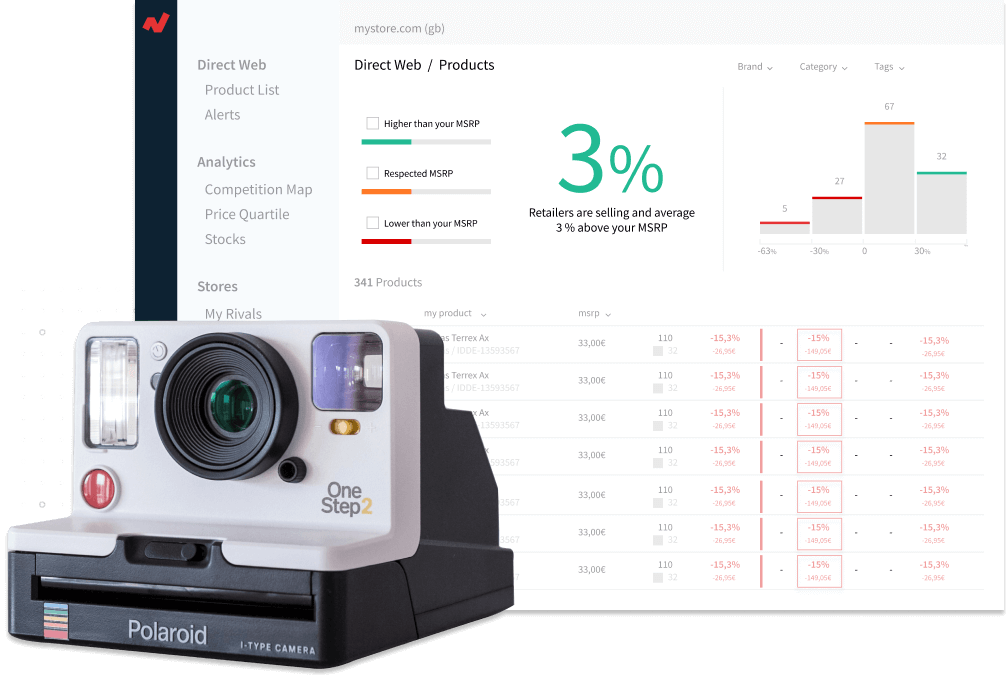If you are running an e-commerce store, it is crucial to make an Amazon price comparison. There is no doubt that this commerce giant is currently one of the most successful digital companies in the world, as its presence has broadened worldwide, and its continuously-upward growth seems unstoppable.
In 2017, Amazon shipped over 5 billion items around the world, and its catalog counts with more than 12 million products. Only in the United States, the company has more than 95 million users that have an Amazon Prime account, whose average yearly expense goes around 1400$ per head.
Another interesting fact is that 9 out of 10 internet consumers tend to visit Amazon to check products’ prices before finally purchasing online. Even after consulting a product’s cost in the very same brand’s website, users tend to visit the Amazon marketplace to verify the value of that product there. But how come?
-
90
Internet consumers check prices on Amazon
Marketplaces work as pricing guides
We need to think of what makes Amazon such a well-known company. As if it is some sort of “e-commerce mother”, users tend to believe that Amazon is the place where you can find the most competitive prices. Besides, it also gained a lot of customer loyalty thanks to the efficiency of their shipping services and the excellent customer service they provide.
Thus, if you are the owner of an e-commerce business, you will surely understand the urgent need of monitoring Amazon prices, given the relevance of this website towards digital users.
The prices offered in this marketplace can work as some kind of guide for your e-commerce —like an “Amazon repricing guide”— you could decide your products’ value based on the prices in there.
Nonetheless, the number of products and competitors is so high there, that manually tracking Amazon prices can be a waste of money and a considerable investment of time.
This is why Amazon prices comparison tools have become a powerful solution for both retailers and brands.
By using Amazon stock history chart tools, you can detect possible pricing trends and foresee future sales opportunities more understandably. However, we want to point out that competitiveness in this marketplace is very harsh, and you will always have to respect your margins before lowering prices drastically. Never lower prices if it means ending up losing profits.
Improve your positioning in Amazon
Still, pricing optimization tools do not only apply to marketplaces like Amazon or Google Shopping but also to your e-commerce store. Its features can also boost your own e-commerce store’s digital performance due to a better comprehension of your competitors out of the Amazon platform.
This type of marketplace is the perfect spot to improve the image and performance of your store and make an insightful research on users’ perceptions. Having your products well-positioned in Amazon may help you obtain competitiveness and sales chances. However, it will be crucial to adjust competitive prices to broaden your audience and improve your conversion rate, without putting your benefit margin at risk.
In terms of brands, given the high volume of traffic that Amazon has, it is considerably important analyzing the perception that users have of your products; considering ratings and reviews made by the customers. Besides, you also have the chance to observe the pricing evolution in Amazon, which will help you identify what the situation of your products on the net is and what is the real value the market gives to it.




